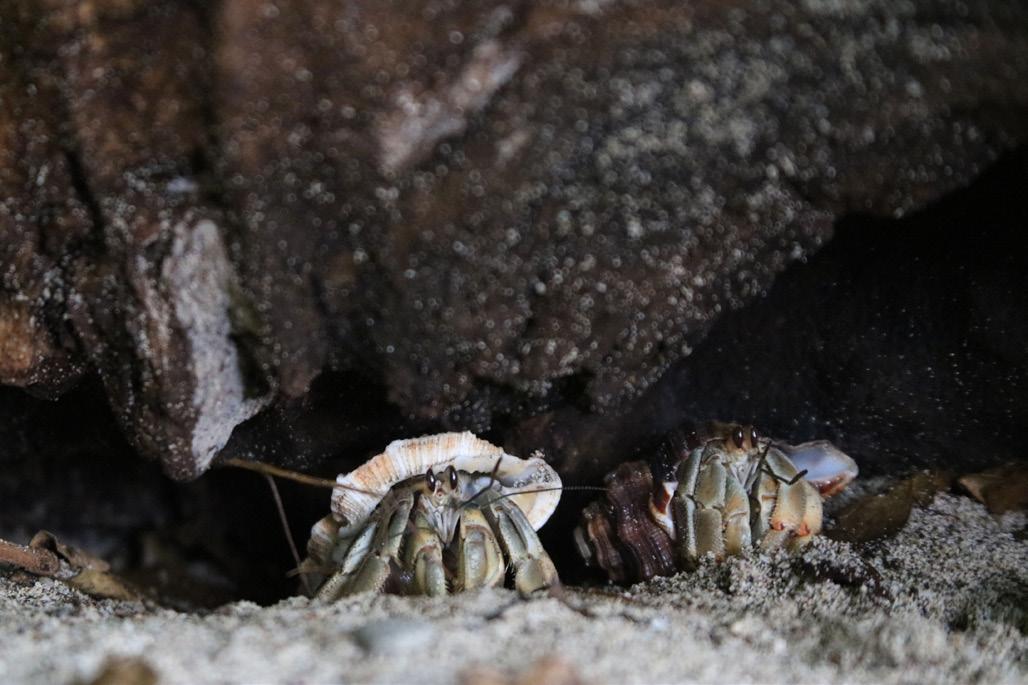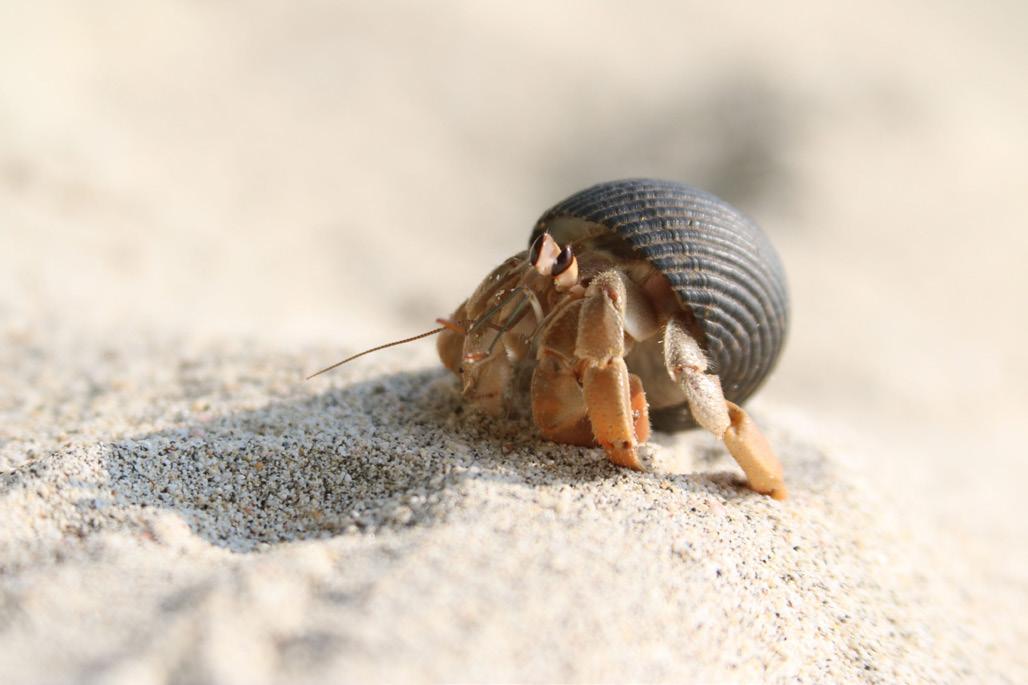
1 minute read
A Snapshot on Chromosomes
from Issue 27
BY WILLIAM BITTNER
Part of the fascinating world of Biology 111 involves the study of DNA and genetics. I was recently able to enter that world, where I learned that humans have 23 pairs of chromosomes, or 46 chromosomes total. That made me wonder how many chromosomes other animals have. Turns out elephants have 28 pairs; chimpanzees, 24 ; and blue whales have 22 pairs of chromosomes (1, 2, 3). That might sound counterintuitive at first, but the number of chromosomes is not necessarily related to the size of the organism. The animal with the fewest number of chromosomes is the male Australian ant, which has 1 chromosome per cell. Female Australian ants have 2 chromosomes per cell, showing that chromosome counts can even differ among different sexes of the same species (4).
Advertisement
Chimpanzees and humans used to have the same number of chromosomes, but the two species started to drift apart about 5 million years ago thanks to evolution. Humans streamlined, and now have one chromosome that carries almost the same information as two distinct chimpanzee chromosomes. Because of our close biologic relationship, chimpanzees and humans have over 98% of the same genes (5). Don’t expect just any two species with a similar number of chromosomes to be as closely related, though; the number of chromosomes does not determine the number of genes in a particular organism or their similarity.
The animal with the most chromosomes may surprise you: it’s the hermit crab! With 127 pairs or a grand total of 254 chromosomes, hermit crabs are living proof that big things can come in small packages (6).
Here are some photos that I took of hermit crabs in Costa Rica in 2017. As you can see from these photos, there is so more to these animals than first meets the eye.












